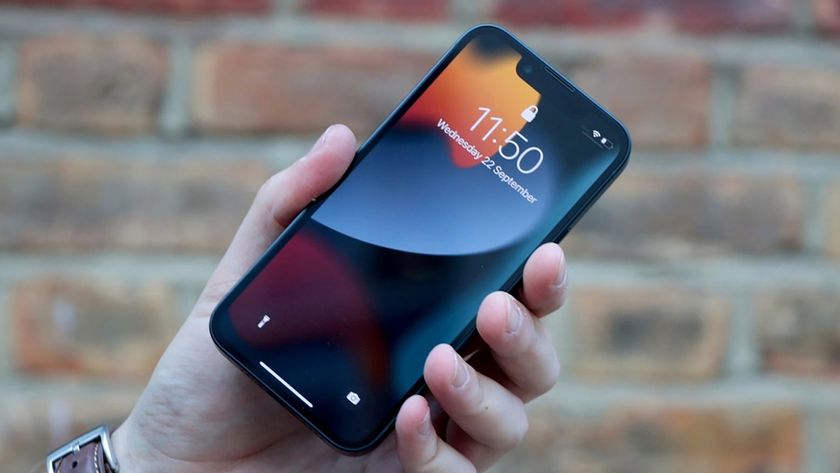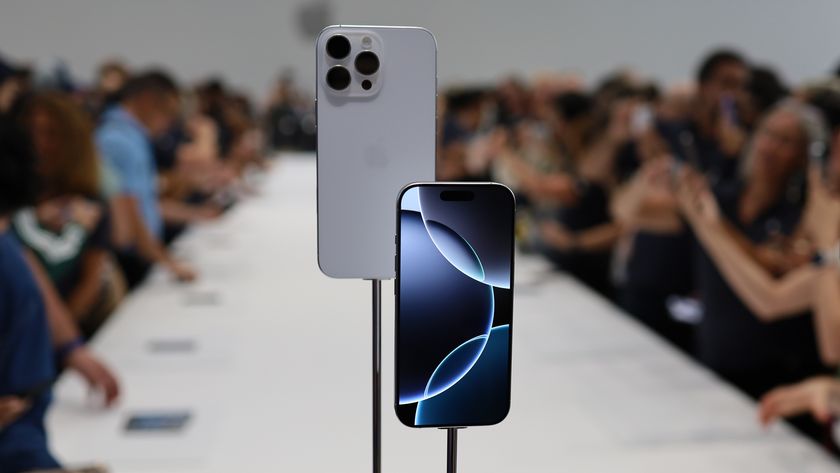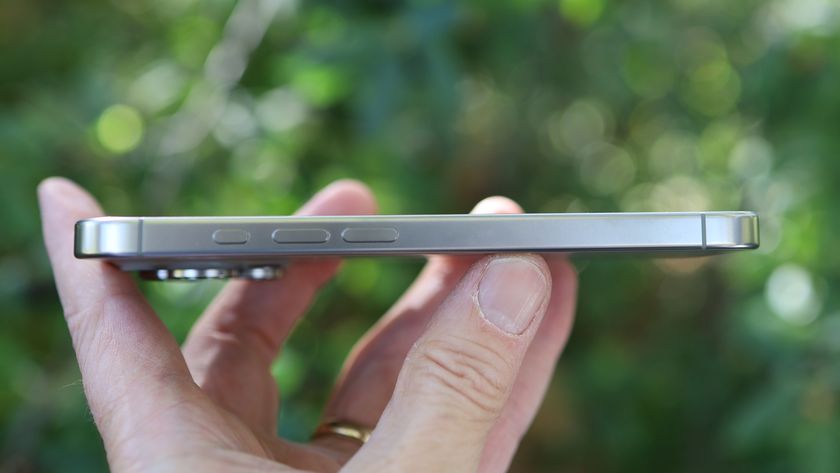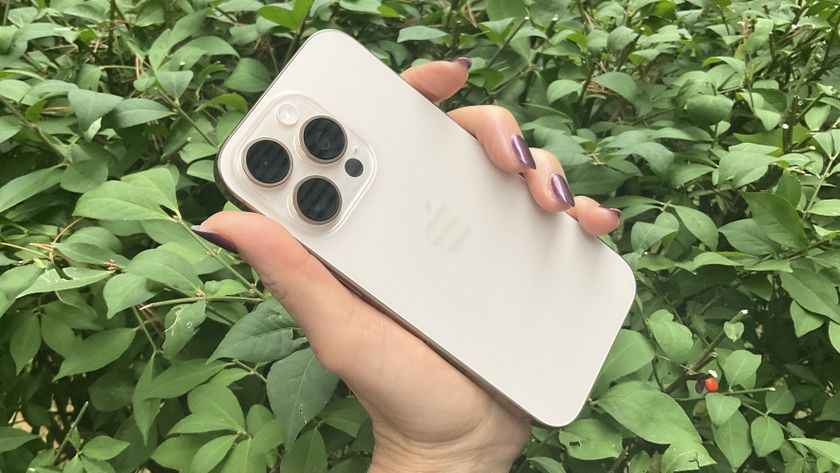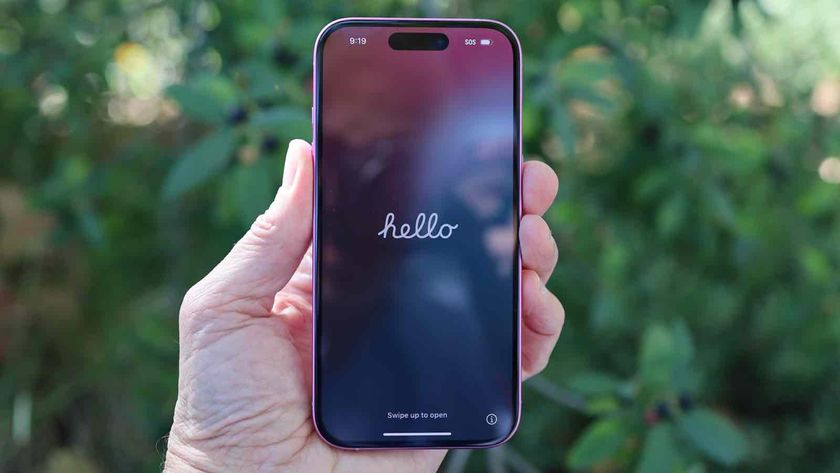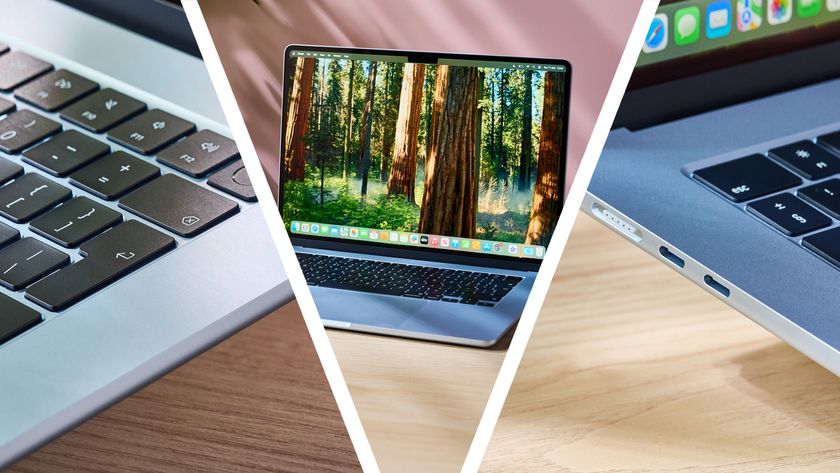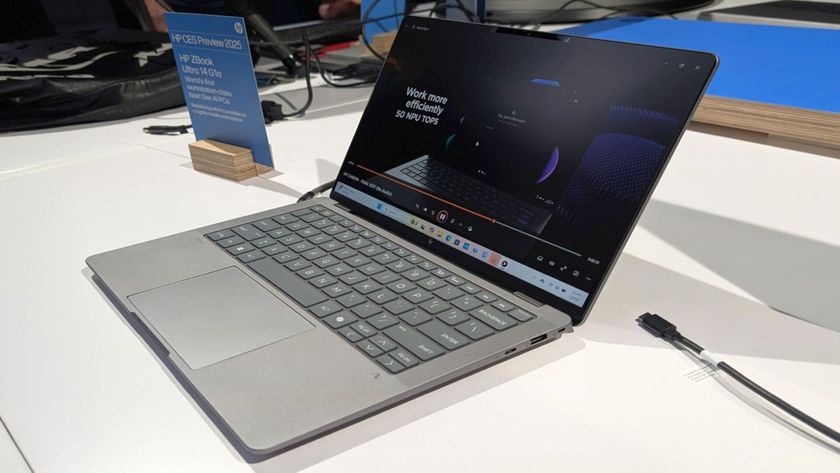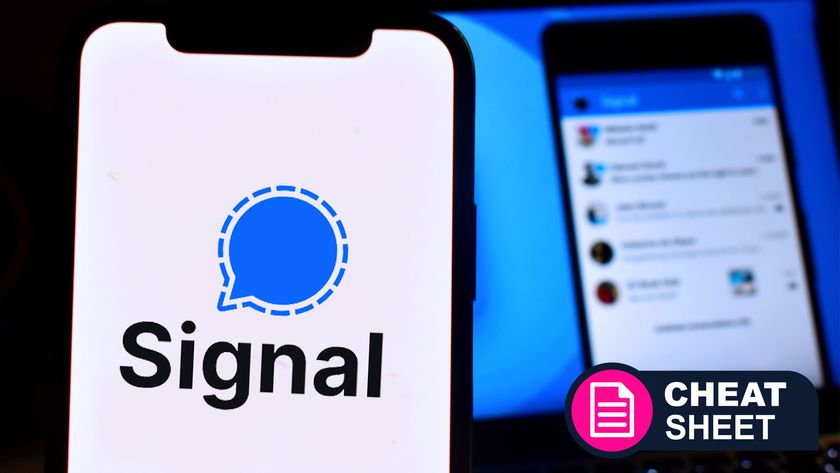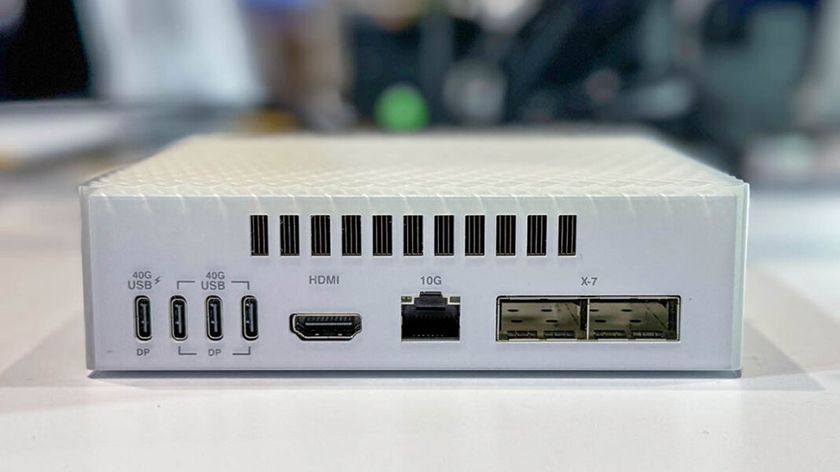How the iPhone has transformed over 10 years
There’s been a lot more than redesigns and added megapixels
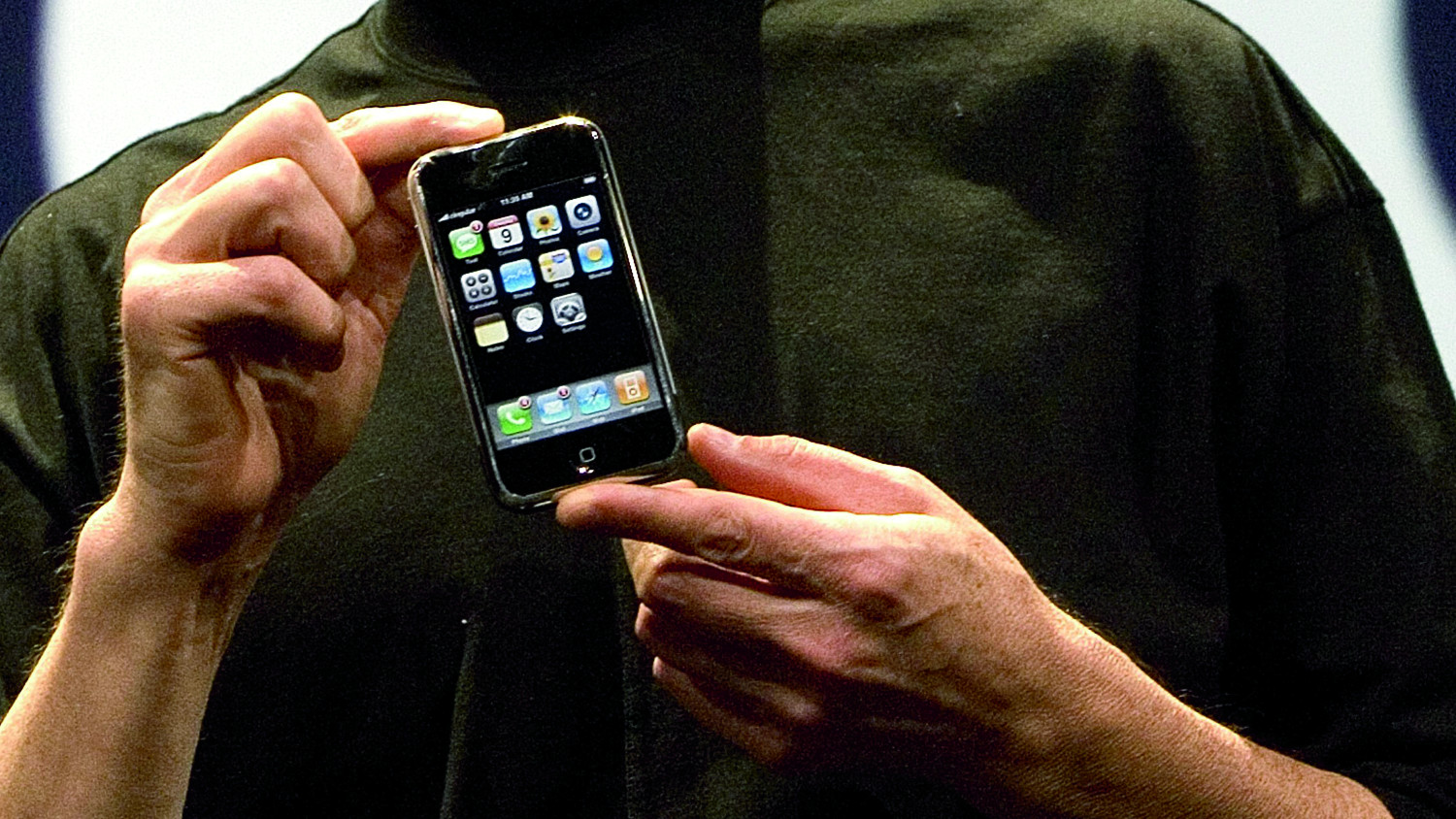
It’s hard to believe that it’s a decade since the iPhone was first unveiled, such has been the impact of the first modern smartphone.
On January 9 2007, when Steve Jobs took to the stage to show off this iPod / phone combo, the Motorola Razr V3 was the must-have handset, Nokia, BlackBerry and Sony Ericsson were all still a big deal, and the bulky, screen-sliding Telstra hiptop 2 was pegged as “the next big thing”.
Flip phones were still popular, physical buttons obviously had to be there and a 3MP camera was considered to be extravagantly high-end.
The original iPhone went on sale on June 29, 2007 - and the rest, as they say, is history.
Now, however, almost all phones follow the foundations laid out by that original iPhone and we’ve had 14 new models of Apple’s handset since then.
But exactly how much has the iPhone changed over the past ten years? Despite being described at the time by Jobs as a “magical device” that would “revolutionize the industry,” what was announced on stage was hardly the best technology around - and by modern standards, it’s positively antiquated.
So let’s see how much more power is packed into Apple’s most powerful phone, the iPhone 7 Plus, compared to the original.
Get daily insight, inspiration and deals in your inbox
Sign up for breaking news, reviews, opinion, top tech deals, and more.
Screen size
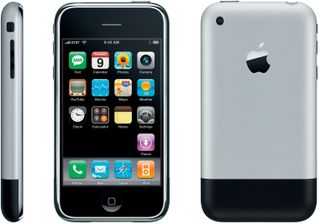
Pick up an original iPhone now and you’d wonder how we ever lived with such small, squat handsets. At the time, however, its 3.5-inch capacitive touchscreen (that accounted for 52% of the phone’s form) was a revolution.
One of the first mainstream phones to fully trade in physical buttons for a touch panel, it offered an expanse of visual real estate unseen at the time.
Today it’s more a surprise when a phone actually has keys, and screen sizes have expanded massively.
The iPhone 7 Plus plays host to a large 5.5-inch panel, and that’s far from the biggest on the market.
Though Apple resisted the trend for larger screen sizes for years. The original iPhone’s 3.5-inch form was retained from 2007 right up until 2012, and even then the iPhone 5 only adopted a 4-inch display.
It was then a further two years before the 4.7-inch iPhone 6 launched alongside the 5.5-inch iPhone 6 Plus, which is still Apple’s biggest handset size today.
Resolution
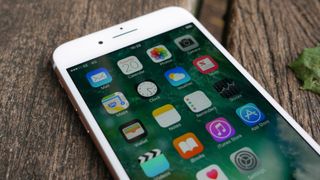
Since the launch of the first iPhone, screens haven’t just got bigger, they’ve become sharper, brighter, smarter and more vibrant too.
The original iPhone’s 320 x 480 resolution packed in more pixels than anything else around at the time, but thanks to the much vaster screen size, its 165 pixels-per-inch image density wasn’t the sharpest.
Now tech users are strapping screens with a similar resolution and much higher pixel density to their wrists, and phones like the iPhone 7 Plus are as pixel-rich as the TV that takes pride of place in your living room.
The Plus’s 5.5-inch Retina HD display boasts a 1920 x 1080 resolution and 401ppi image density that, combined with a 1300:1 contrast ratio and boosted brightness over past models, make it Apple’s best-looking yet.
While both phones run on capacitive touch (registering the finger’s electrical impulses rather than pressure to make the screen work), those touch elements have been enhanced and refined over the years.
Improved multitouch capabilities have been added and now 3D Touch means the iPhone 7 Plus’ screen is pressure sensitive too, comedically bringing back one of the features of early touchscreens that the first iPhone did away with.
Build
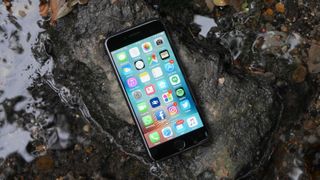
When the original iPhone was unveiled, its design and build was unlike anything seen on a phone, pairing an all-glass front with a largely metal back.
Lining up at 11.6mm thick and 135g it stood out from a sea of flip phones, sliders and boxy candy bar handsets that all favored plastic over sweeping curves.
A decade on, you can still see the original iPhone’s design DNA in the iPhone 7 Plus. At 7.3mm thick and 188g, the 7 Plus is finished with an all-metal body, in a choice of five colors. It’s also water-resistant to survive dips and dunks without succumbing to a liquid demise.
Apple’s phones haven’t been without design flaws though: from the iPhone 4’s "just don’t hold it that way" Antennagate issues to the Bendgate woes that saw some iPhone 6 Plus models warping, the company’s hit a few design stumbling blocks along the way.
Camera
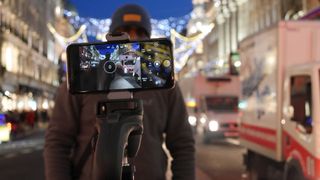
When the original iPhone was announced, cameras were still a luxury addition to smartphones.
However, Apple was planning to compete with the best in the market with its expensive phone, and with devices such as the Sony Ericsson K800i already featuring 3MP snappers and the forthcoming Nokia N95 offering a huge 5MP sensor, the iPhone’s flash-less 2MP camera was a solid if far from ground-breaking addition.
Now, the quality of the integrated camera is one of the main reasons we all buy new phones, and the iPhone 7 Plus has not one, but two sensors that take great photos - and that’s just on the back of the device.
With the phone pairing a wide-angle, wide-aperture f/1.8 lens that helps boost the phone’s low-light photography skills with a second, f/2.8 telephoto lens that takes you closer to the action without degrading the image, the 7 Plus’ dual-lens camera would have been unthinkable a decade ago - and Live Photos or 4K video recording would have caused the first iPhone’s CPU to melt.
And where the original iPhone featured just the one camera, the iPhone 7 Plus has them both front and back - in 2007 selfie wasn’t even a word.
Battery
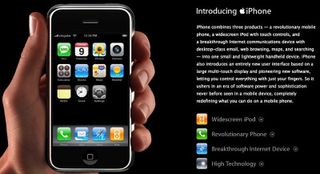
If the original iPhone’s screen, interface and design got people excited, its battery life filled any user with dread.
Back in 2007, phone batteries were able to last around a working week between charges, and yet Apple had to convince users that daily recharges and just eight hours of talk time on a single charge was worth paying a small fortune for.
The functionality of the phone won through, and now almost all smartphones are subjected to a nightly visit to a charger.
The iPhone 7 Plus’ oversized form has allowed a much bigger battery to be squeezed in - but despite almost tripling talk time to 21 hours, with so much more that the phone can do when it comes to web browsing, game playing and video streaming, you’ll still be running out of battery come the end of the day - some things do never change.
- 1
- 2
Current page: Screen size, resolution, build, camera and battery
Next Page Power, storage, connections, software and connectivity